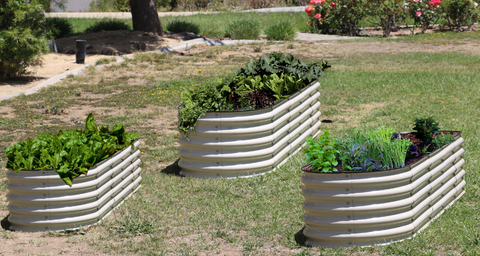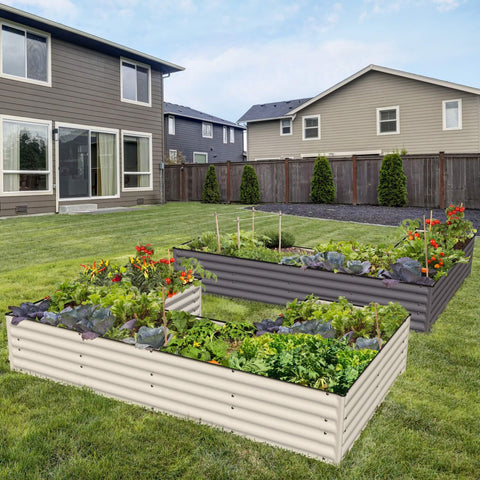How to Prepare Garden Beds for Spring: A Step-by-Step Guide
As the winter months come to an end and the warmer weather approaches, many gardeners look forward to preparing their garden beds for spring. Proper preparation is essential to ensure that your plants have the best chance to thrive and produce an abundant harvest.
Whether you are a seasoned gardener or a beginner, this step-by-step guide will provide you with the information you need to prepare your garden beds for spring. From removing debris and weeds to adding organic matter and fertilizer, each step is important to create the ideal growing environment for your plants.
By following these steps, you can look forward to a bountiful and beautiful garden in the coming months. So, let's get started on preparing your garden beds for spring!

Step 1: Clear Out Debris
Start by clearing out any debris in the garden beds. This includes leaves, twigs, dead plants, and any other debris that may have accumulated over the winter months. This will not only make the garden look more attractive, but also prevent any diseases from spreading to the new plants.
To clear out the debris, simply use a rake to gather it up and dispose of it. Alternatively, you can use a garden shovel to dig it into the soil, where it will eventually decompose and add valuable nutrients back into the soil.
Step 2: Till the Soil
The next step is to till the soil in the garden beds. This involves breaking up any large clumps and mixing in compost or other organic matter. Tilling the soil to a depth of about 8-10 inches will ensure that the soil is well aerated and ready for planting.
To till the soil, you can use a garden tiller or a garden shovel. Make sure to till the soil evenly, so that all parts of the garden bed receive the same amount of aeration and nutrients.
Step 3: Add Fertilizer
Once the soil has been tilled, it's time to add fertilizer. Choose a balanced fertilizer that's appropriate for the type of plants you'll be growing. Follow the instructions on the package, and add the recommended amount of fertilizer to the soil.
Fertilizing the soil will provide essential nutrients for the plants to grow strong and healthy. Without adequate nutrients, the plants may not grow as well as they could, and may be more susceptible to disease and pest problems.
Step 4: Choose the Right Plants
Now it's time to choose the plants for your garden beds. Consider the amount of sunlight and water they will receive, as well as their size and growth habit. Choose plants that are appropriate for the climate and soil conditions in your garden.
When choosing plants, consider the size of the garden bed and the amount of space you have available. Some plants grow very large and may need to be spaced far apart, while others are more compact and can be planted closer together.
Step 5: Plant the Seeds or Seedlings
Finally, it's time to plant the seeds or seedlings in the garden beds. Follow the instructions on the package, and plant the seeds or seedlings at the recommended depth and spacing.

Water the plants well after planting, and make sure they receive adequate sunlight and water throughout the growing season. You may also want to add a layer of mulch around the plants, which will help to retain moisture and prevent weed growth.
By following these simple steps, you'll be well on your way to creating a beautiful spring garden that will thrive for years to come. Happy planting
